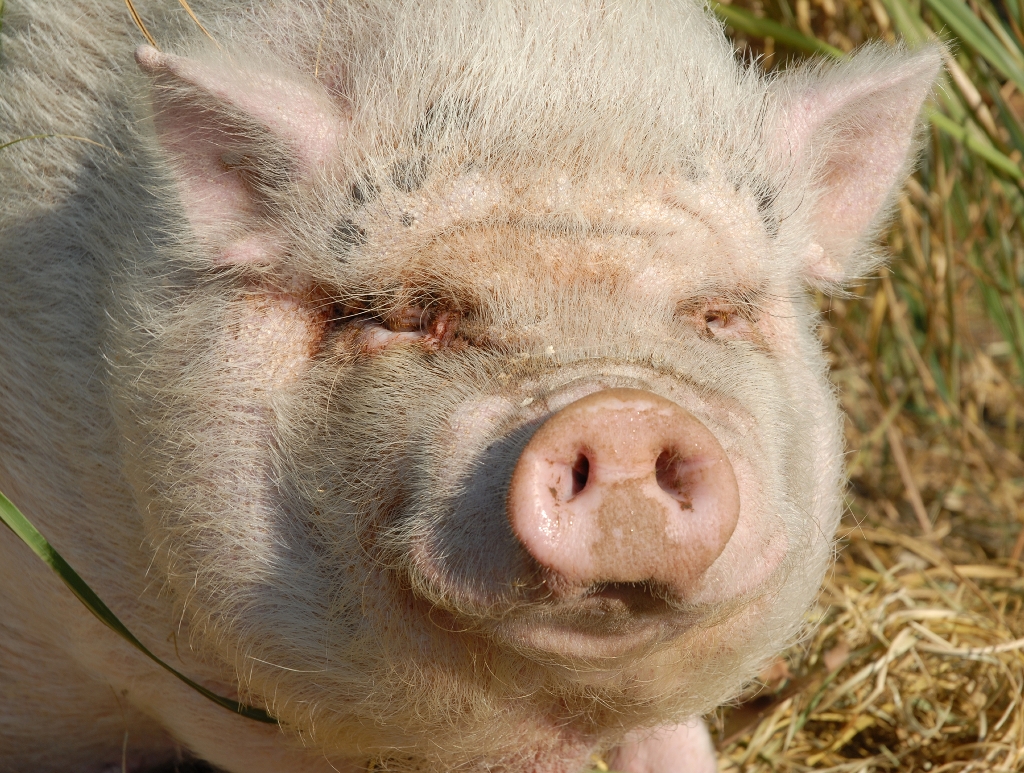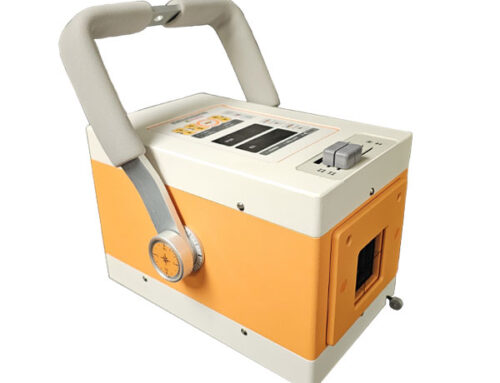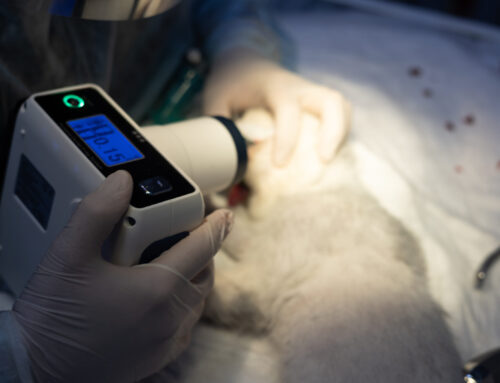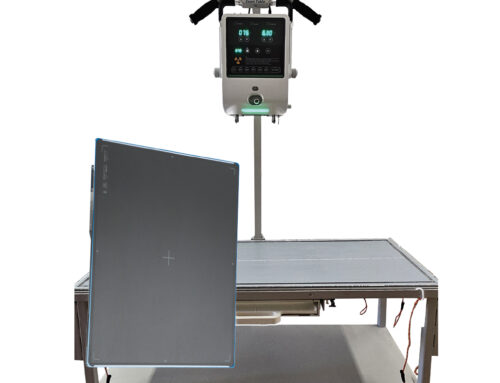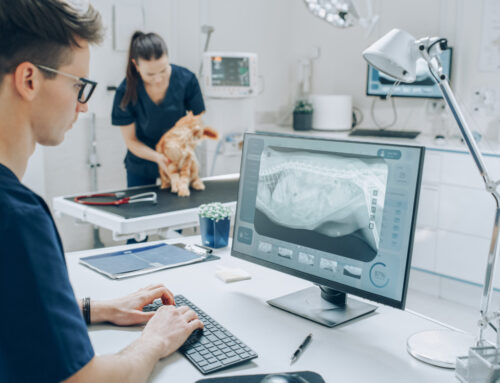You probably didn’t know that arthritis strikes most pigs when they hit their senior years. Maybe it’s genetics, likely it’s their love of all-things food. As in humans, it is a painful and disabling condition that may prove fatal.
Joint Supplements–Start Young
As with all animals, we recommend a trip to the vet to rule out other potential causes, including fractures. If the vet says arthritis, a course of treatments, including supplements, may be prescribed to reduce pain and inflammation. Supplements like Glucosamine and Chondroitin can be bought over the counter and do help improve arthritic joints. One of the messages that has been stated repeatedly at pig seminars over the last few years is that even pigs without apparent problems should be on at least the maintenance dose of joint supplements from a very early age.
Glucosamine and Chondroitin is a supplement that has been demonstrated to improve the overall condition of joints and to slow any degenerative diseases that strike the joints. The syrup version of G&C is easy to sneak into a pig’s diet. There is also a powder version that you might try. Both of these products are sold for equines and one half the dosage for a horse will work for your pigs. Be aware, these supplements are expensive! But they are also effective.
Glucosaminoglycans is effective in removing bad fluid from around the joints and improving the fluid around the joint in general. This is usually an injected supplement. It is given weekly for a month and then given once every month. It has been found to be very effective in improving joint health. In some cases the damage arthritis caused the joints were actually reversed!
Pain Relief–An Aspirin Won’t Do
Sometimes your veterinarian will prescribe a mild pain medication so that it is easier for your pig to move around. One of the common medications is called Rimadyl, or what is referred to as the best, Derramax. These drugs are not safe over long periods and it is recommended that if your pig is on these medications that it also takes an acid-reducer medicine like Paxil, Ranitidine, or the like. These pain-relieving medications will allow your pig to move around relatively painlessly while the other supplements that you are giving it have time to take effect.
You can find most of these supplements under Equine sections on most on-line vet supply companies. You just type into the search box Chrondroprotec or Cosequin and it should pop up a listing for that item.
If all else fails you can ask your veterinarian to start your pig on Prednisone, a steroid. Steroids have substantial risk but are effective. The pig must also take an acid reducer like Prilosecor Nexium to prevent digestive tract issues. You vet will know the proper dosages and instructions for taking the medications.
Environment Helps
Senior pigs should have heated beds and never sleep where cold can get to them. There are many bed warmers you can get from farm, feed or pet supply stores. Look for heated rubber bed warmers. Provide plenty of room for your pig to be able to get off the mat if it gets too warm.
You should also consider re-think your pig’s habitat to provide for an arthritic condition. Make walking surfaces level and provide ramps. Offer heated pens or houses for your pig. A healthy diet of leafy greens coupled with higher protein hog feed will satisfy a big appetite. Lots of light will limit the possibility of a trip and fall.
In the end it is quality of life not quantity that counts most, so if your pig starts to suffer more than the drugs can compensate for, you should consider humanely putting your pig down so that it doesn’t continue to be in intolerable pain. Providing a comfortable living environment for your arthritic pig is challenging, but it will make it more comfortable and happy for the days to come.
***
This blog is brought to you by Diagnostic Imaging Systems. Diagnostic Imaging Systems, Inc. (DIS) has been providing Quality Imaging products since 1983. The company combines industry knowledge with an understanding of the veterinary practice. For more information, go to Diagnostic Imaging Systems, Inc. website at: www.vetxray.com
All content provided on this blog is for informational purposes only. The owner of this blog makes no representations as to the accuracy or completeness of any information on this site or found by following any link on this site. The owner will not be liable for any errors or omissions in this information nor for the availability of this information. The owner will not be liable for any losses, injuries, or damages from the display or use of this information. These terms and conditions of use are subject to change at any time and without notice.

